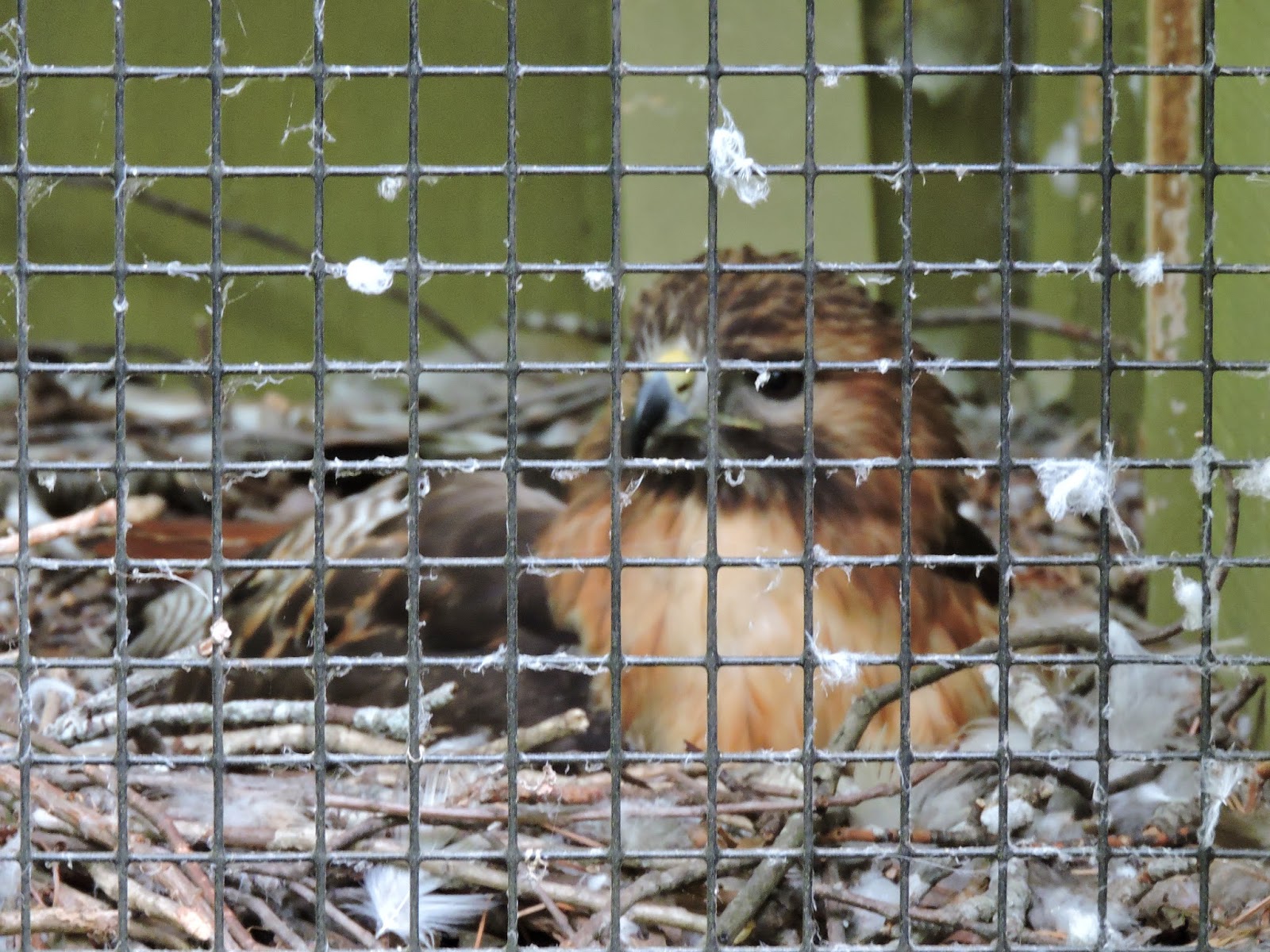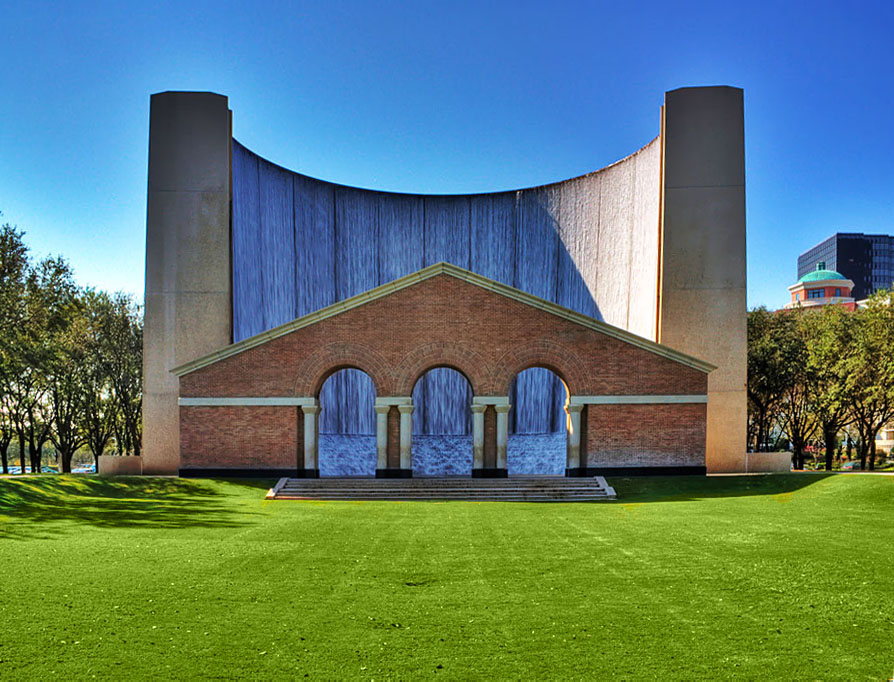On my first full day with my daughter, Kelly, we decided to go to breakfast/lunch in Birmingham, then on to Oak Mountain State Park. As we rolled down the country roads from her house at a spirited pace, a female Northern Bobwhite Quail darted across the road. Kelly steered wide of it and was about to congratulate herself when a male darted out behind the female. The Subaru went right over him.
Kelly is pretty soft-hearted about animals. Part of our plan for the morning was to visit a bird rehab facility at Oak Mountain, and she wanted to turn around and take the quail with us. I was pretty sure that the quail was very dead, and disagreed with her at first. I gave in and we turned around and headed back to the scene of the accident. Traffic was light and no one else had passed our way in the minute or so before we got back.
The quail was exactly where we had run it over, motionless. I got out of the car, walked over to the middle of the road and... it looked intact. I approached from behind, picked it up by the sides, and it stirred a little. I got back in the car and it stirred some more. To keep it from getting spooked, I tucked its head inside my unzipped rain jacket, and we headed off toward Oak Mountain.
Well, the quail stirred again. Actually, it tried to take flight inside my jacket and ended up somewhere near my armpit. I had heard bird hunters describe bobwhites as "explosive" when they flush and that was the impression I had, too. I told Kelly to forget about the bird rehab hospital; this guy was well enough to release. We turned around again and drove back to the scene of the crime.
I thought it would be cool to get a picture of me holding a live, wild quail. I handed Kelly my cell phone and tried to extract the quail. It exploded again and flew to the floorboards on the driver's side, discovering a nook that we never knew existed, up around the roots of the gas pedal and brake pedal.
Kelly opened her door, and I opened mine. We stayed motionless. So did the quail. After a lengthy wait, I got out and began to walk over to Kelly's side to crouch down and try to extract the quail. After I had taken a couple of steps, Kelly told me that quail had bailed out. We watched as it meandered off into the tall grass and shrubs.
In other words, no picture. But a happy ending. And, up close, that quail was beautiful.
We had lunch at Big Bad Breakfast. I had a "cathead,' which is a big, homemade buttermilk biscuit with a slice of cheese and, in my case andouille sausage. Real yummy.
Off we went to Oak Mountain. In several cities that I know, there are large parks that are icons: Central Park in New York, Golden Gate Park in San Francisco, Griffith Park in L.A. Birmingham has Oak Mountain, and they should treasure it. Several miles long, with vast woodlands, lakes, and ranges of hills, it's a great retreat from the somewhat ordinary metropolis of Birmingham. On the way to the rehab we stopped near some rental cabins and out flew a Pileated Woodpecker. I had glimpses of this bird, a lifer for me, a few days ago, but this one offered great looks. The bird rehab facility was large and interesting. I began ID'ing new species almost from the moment I got out of the car. As we approached the entrance a staff member stepped out wearing a heavy raptor glove, on which perched a small raptor. It was a Mississippi Kite, the first I had seen in person. We talked for a while as a Gray Catbird (lifer for me) appeared in the shrub behind us. We went into the center and watched the feeders as a wave of Rose-breasted Grosbeaks mingled with Tufted Titmouse (lifer for me,) American Goldfinch, Blue Jay (a lifer for me last week,) Hairy Woodpecker, Downy Woodpecker, and other species. We stood in a darkened corridor in the treatment rooms and got dim looks at dozens of birds, orphaned or injured, in incubators and small cushioned laundry tubs. Later we checked out the large, separate raptor rehab outside. Then we went down the road to the Treetops Trail, where large cages held raptors that could never be released due to the extent of their injuries.
Nearby was "The Beach." All the soil in the area is red clay, which makes the typical lake shore unappealing. At The Beach, the state had dumped hundreds of tons of sand to make a realistic beach for swimming.
On this day, where occasional light rain showers pocked the water, the Beach was deserted. But the hot days of summer will be here soon enough and the place will be packed.
On the lawns here, we saw a few Brown Thrashers, a bird that the guidebooks claim is uncommon. We've been seeing a ton of them.
After Oak Mountain we made our way to Saw's Juke Joint to meet Kelly's mom, my ex, for dinner. Good food.
All this was yesterday. Today I was up early doing stuff for work and everyone else slept in. When we were all up and about, Kelly and I took a couple of kayaks down to the water's edge. She lives on the shore of a slough off the Coosa River. Here are some shots from sunrise.
We set off across the slough, idly targeting a Canada Goose escorting six goslings. They took to the brush-covered opposite shore to avoid us.

Kelly showed me a fascinating little bayou. The narrow inlet led to a quiet, shallow pond a couple of acres in size, completely hidden from the slough. Much of the pond was filled with plants rooted in the shallows.
We flushed a female Wood Duck with a brood of ducklings, and off they scattered into the floating weeds, which were just tall enough to hide them. We flushed a large fish, too, seeing just its back as it thrust itself out of the very shallow water into the deeper channel.
Once we were out of the little bayou we headed farther up the slough. Wild irises bloomed at a few spots along the shore.
A turtle slid off a stump that barely broke the surface of the water. Red-winged Blackbirds flew in and out of reeds. An Eastern Kingbird (lifer for me) hunted from a twig among the floating weeds.
And, as I maneuvered next to the weed beds in about a foot of water. I spotted a strange fish, motionless among the weeds. It was long and slender. I couldn't see either end of the fish but the middle of its body was patterned in darker and lighter reddish tones. I called to Kelly to come see it, and for nearly a minute it stayed motionless, within arm's reach. As Kelly approached it wiggled and slid off through the weeds.
I was really puzzled about what fish could be that color, and this evening I asked some passing fishermen about it. They had a theory that I had not considered. I checked it and found this very close match for what I had seen:
It was a water moccasin. Live and learn.Those things can remain submerged for a long time.
As we made our way back home, we passed some of the less extravagant dwellings along the slough.
I had a great time blissing out in a kayak with my lovely and talented daughter. Then the parents took the daughter to lunch in Columbiana. There's only one decent place to eat in that tiny old town, but one is enough.
After lunch, a tentative trip to a nearby state park was dismissed in favor of hanging on the deck and watching birds. \There are a lot of birds here at my ex's house. I'm just going to throw some images up here now. It was fun figuring them out. Most are not lifers for me, but they are sure uncommon for me.
I've seen Spotted Sandpiper (above) many times in the winter, but never in the breeding season when they actually live up to their name. And I've seen Western Bluebirds many times, but this Eastern Bluebird male and female (lifer) were exceptionally photogenic.
And... Red-headed Woodpecker.
These photos were taken with a Nikon Coolpix P600. I like it. It is the replacement for my late, lamented, Canon SX50-HS, which was run over by a car in Texas.
Also on the reptile front, we had this visitor on the porch at the house.
It was a Green Anole (although, as you can see, they can also phase to a brown color, thus their popular name, chameleon.) It was my favorite pet as a kid.





























































